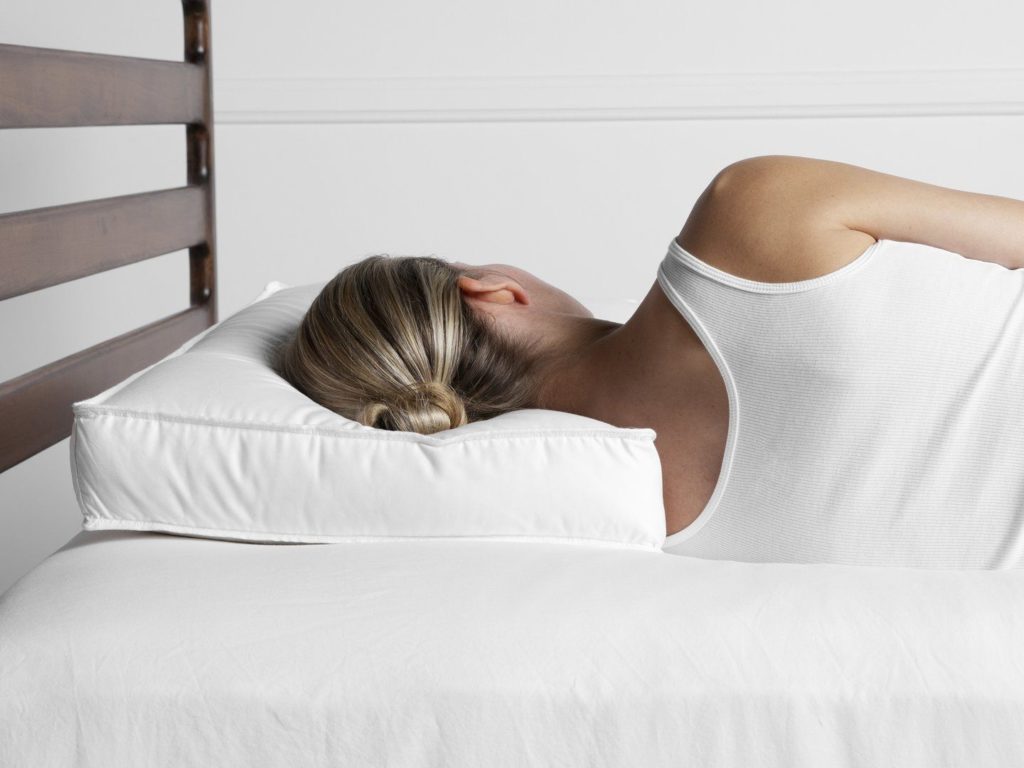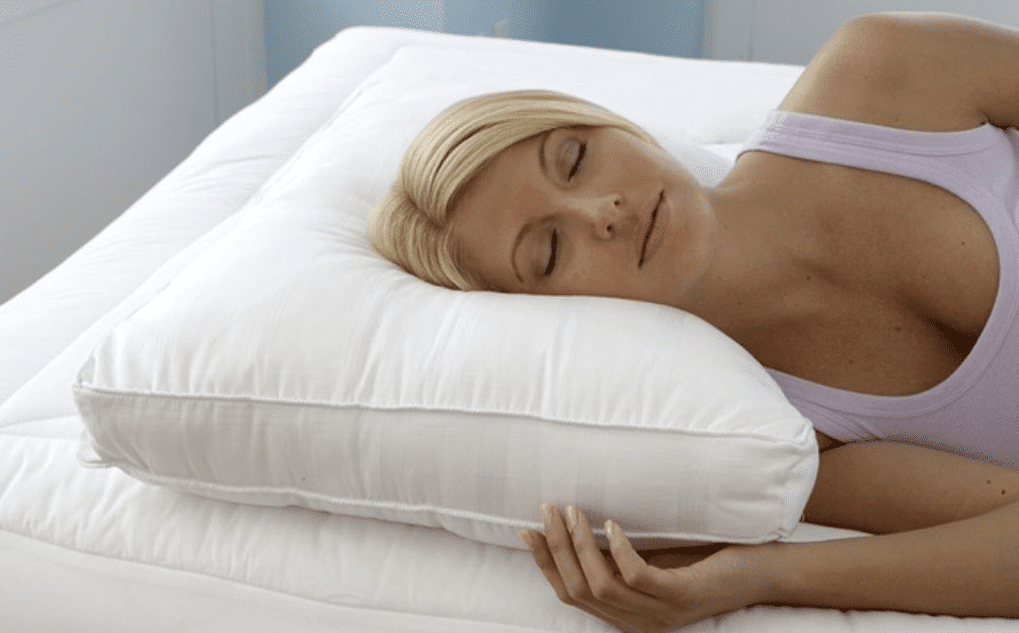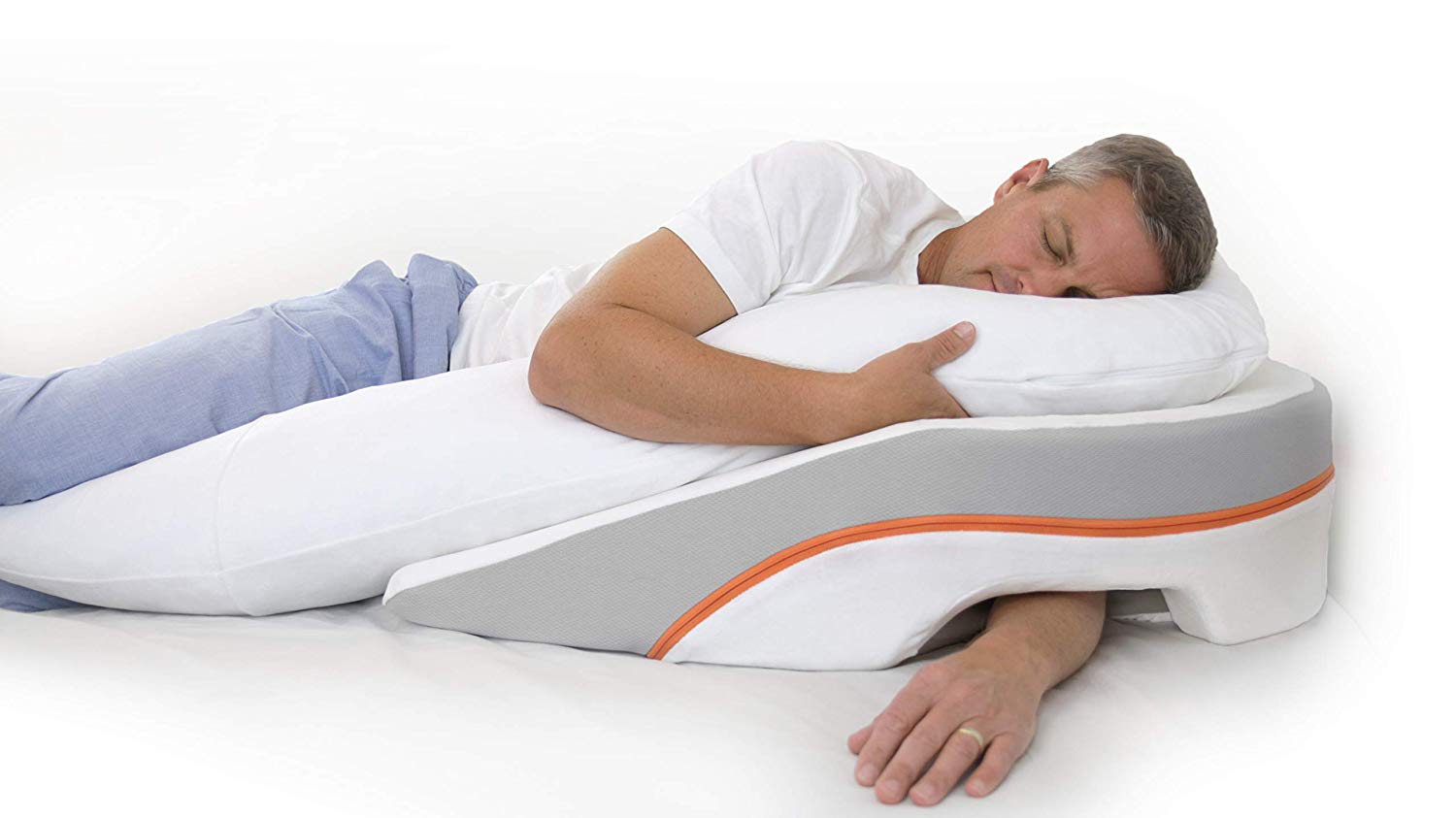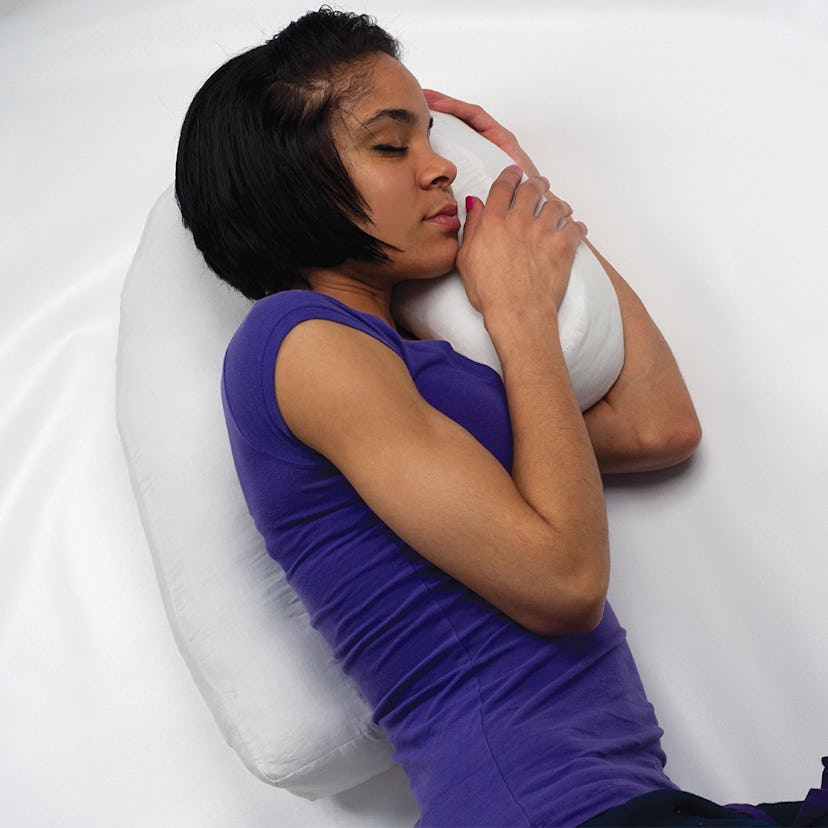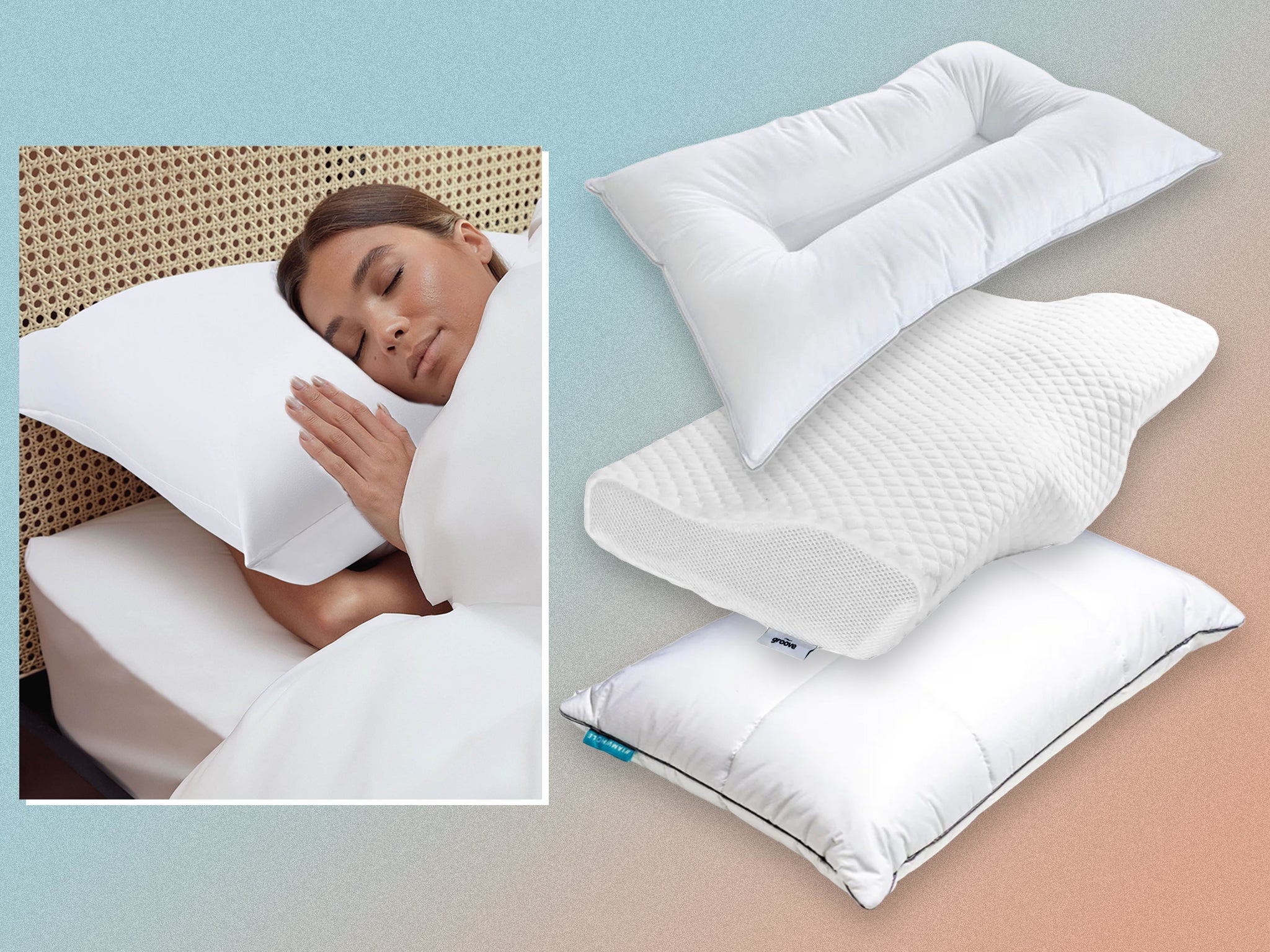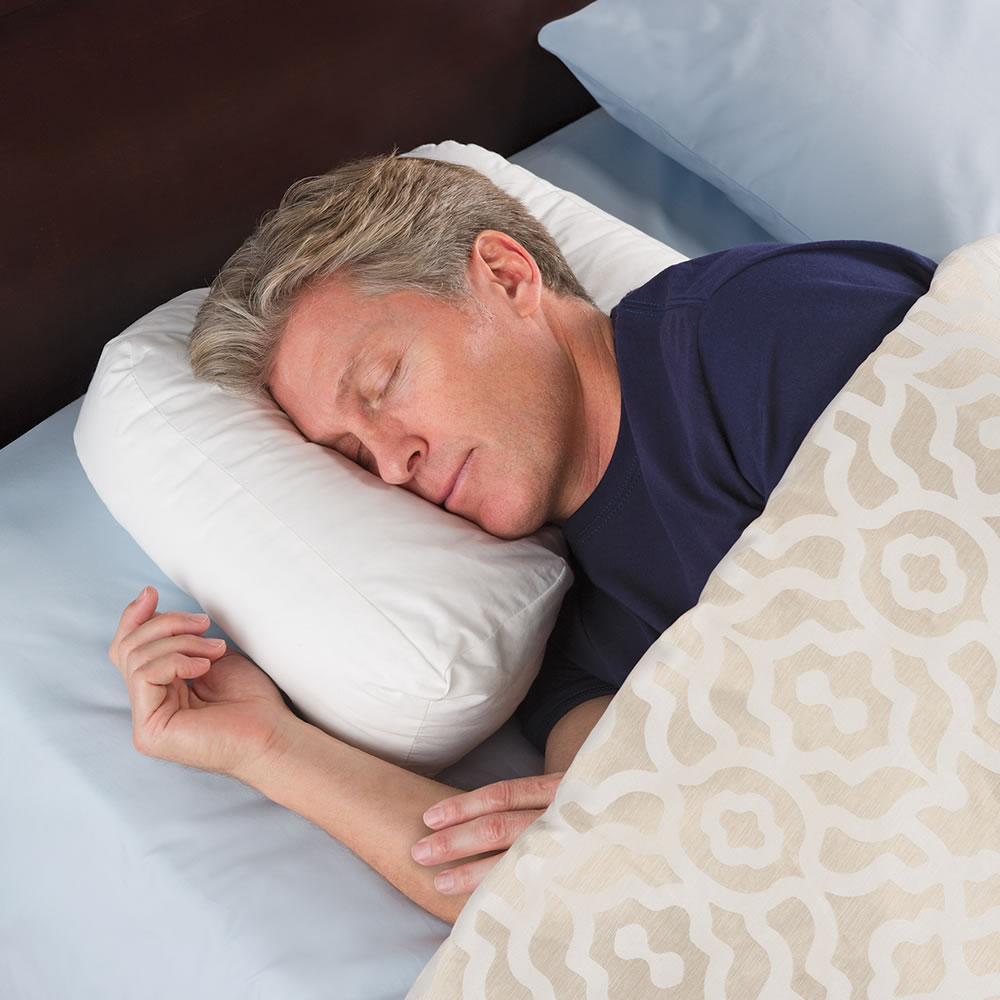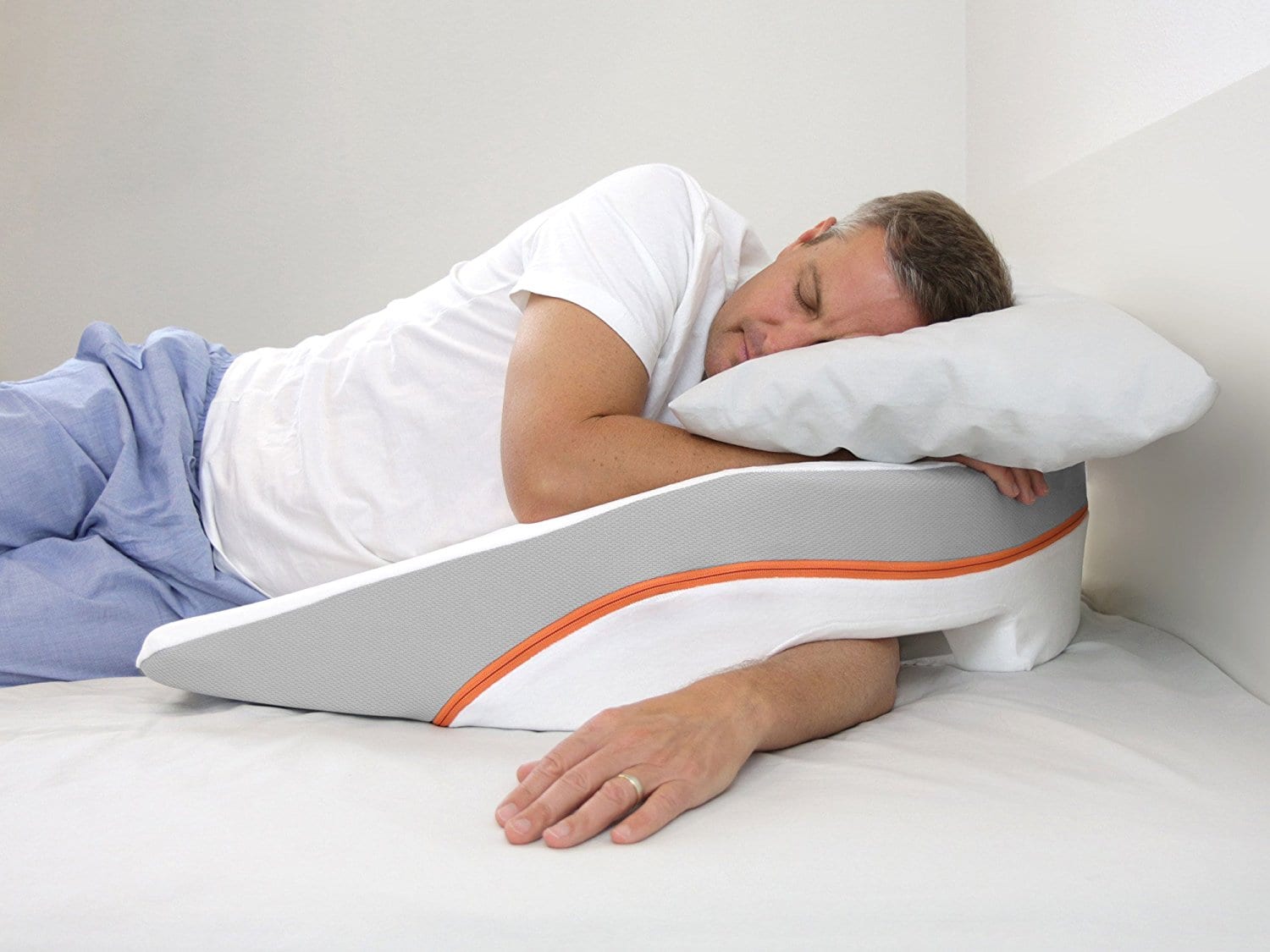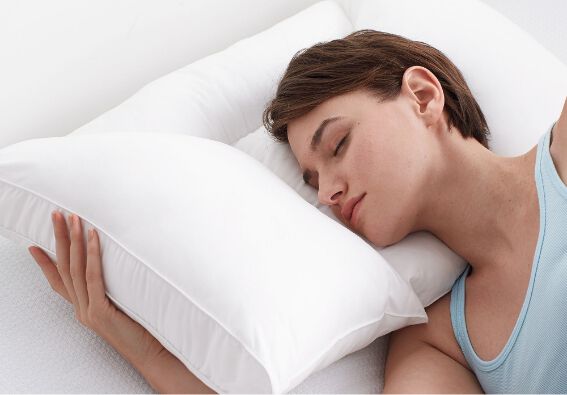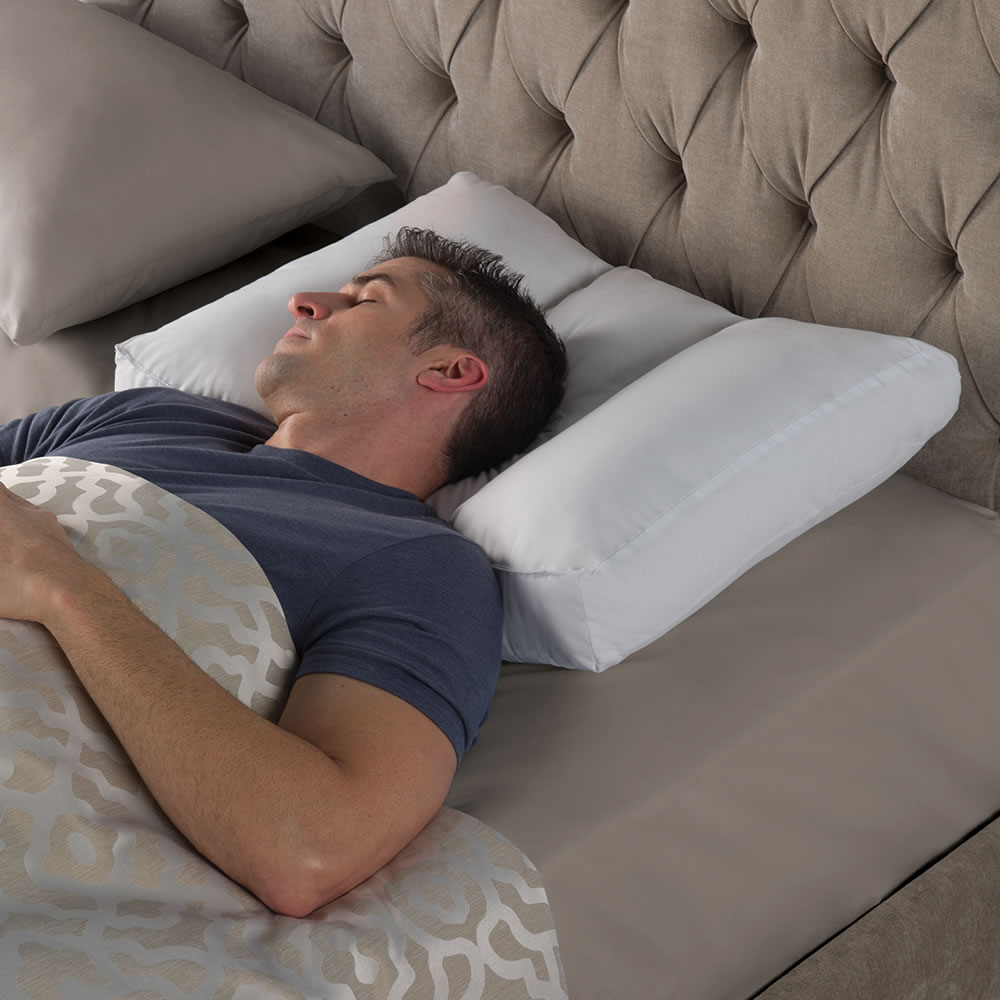Best Pillow For Side Back Sleeper

Imagine drifting off to sleep, nestled comfortably, only to wake up with a crick in your neck and a throbbing headache. The culprit? It might just be that unsupportive, flat pillow you’ve been using for far too long. For side-back sleepers, finding the perfect pillow is a quest, a journey to unlock nights of restorative, pain-free slumber.
This article delves into the world of pillows tailored for side-back sleepers, exploring the features that make them ideal, the materials they're crafted from, and how to choose the right one to finally achieve that elusive good night's rest. We will help you navigate the sea of options so you can finally say goodbye to morning stiffness and hello to sweet dreams.
The Importance of a Good Pillow for Side-Back Sleepers
Side-back sleeping is a combination of sleeping on your side and back. This position requires adequate support and alignment to avoid discomfort.
A proper pillow can make all the difference in aligning your spine, neck, and shoulders, preventing pressure points, and ensuring you wake up feeling refreshed instead of achy. Poor support can lead to chronic pain, headaches, and even exacerbate existing conditions like sleep apnea, according to the National Sleep Foundation.
What to Look for in a Side-Back Sleeper Pillow
Not all pillows are created equal. Side-back sleepers have unique needs that require specific features. The ideal pillow will offer a balance of support and comfort, accommodating both sleeping positions effectively.
Loft and Firmness
Loft, or pillow height, is crucial. Side sleepers generally need a higher loft to fill the space between their head and shoulder, maintaining spinal alignment. For back sleepers, a lower loft is often better to avoid neck strain.
A medium loft, coupled with medium-firm support, often strikes the right balance for side-back sleepers. This offers adequate support while sleeping on your side and avoids overly tilting the head when sleeping on your back.
Material Matters
Pillow materials play a significant role in comfort, support, and breathability. Common options include memory foam, down, feathers, latex, and polyester.
Memory foam is a popular choice for its conforming properties. It contours to the shape of your head and neck, providing excellent support and pressure relief. However, some memory foam pillows can trap heat.
Down pillows are soft and luxurious, but they may not provide enough support for side sleepers. They tend to compress over time and require frequent fluffing.
Latex pillows are a great alternative to memory foam, offering similar support but with better breathability and responsiveness. They are also naturally hypoallergenic and resistant to dust mites.
Polyester pillows are affordable and easy to care for, but they tend to flatten quickly and offer less support than other materials. They are a good option for those on a budget or with allergies.
Shape and Design
Beyond material, consider the pillow's shape and design. Some pillows are specifically contoured to provide optimal support for side and back sleeping.
A contour pillow features a raised area that cradles the neck while side sleeping and a recessed area for back sleeping. This design helps maintain proper spinal alignment and reduce neck strain.
Another option is a wedge pillow, which can be used to elevate the upper body, relieving pressure on the spine and improving breathing. This can be especially beneficial for those with acid reflux or sleep apnea.
Top Pillow Recommendations for Side-Back Sleepers
While the "best" pillow is subjective and depends on individual preferences, some consistently receive high ratings from side-back sleepers. Based on customer reviews and expert opinions, here are a few standout options:
- The Coop Home Goods Original Pillow: This adjustable memory foam pillow allows you to customize the loft and firmness to your liking. It's a popular choice for its versatility and comfort.
- The Purple Harmony Pillow: Featuring Purple's signature Grid Hex technology, this pillow provides excellent support and airflow, keeping you cool and comfortable throughout the night.
- The Saatva Latex Pillow: Made from natural latex, this pillow offers responsive support and breathability. It's a durable and eco-friendly option.
- The Tempur-Pedic TEMPUR-Cloud Pillow: This memory foam pillow provides conforming comfort and support, relieving pressure points and promoting restful sleep.
Tips for Choosing the Right Pillow
Selecting the right pillow can feel overwhelming, but following these tips can help narrow down your options:
Consider your body type: Broader shoulders typically require a higher loft pillow for side sleeping. Those with a smaller frame may prefer a lower loft.
Think about your sleep habits: Do you primarily sleep on your side or back? If you tend to switch positions frequently, an adjustable or contour pillow might be the best choice.
Read reviews: Pay attention to reviews from other side-back sleepers. This can provide valuable insights into the pillow's comfort, support, and durability.
Check the return policy: Many companies offer a trial period, allowing you to test the pillow for a few weeks and return it if you're not satisfied.
Don't be afraid to experiment with different pillows until you find one that meets your specific needs. It may take some trial and error, but the reward of a good night's sleep is well worth the effort.
The Long-Term Benefits of a Supportive Pillow
Investing in a quality pillow is an investment in your overall health and well-being. A supportive pillow can provide numerous long-term benefits, including:
Reduced neck and back pain: Proper spinal alignment can alleviate pressure on the neck and back muscles, reducing pain and stiffness.
Improved sleep quality: A comfortable and supportive pillow can help you fall asleep faster and stay asleep longer, leading to more restful and restorative sleep.
Fewer headaches: Poor neck alignment can contribute to tension headaches. A supportive pillow can help prevent these headaches by maintaining proper neck posture.
Reduced snoring: Elevating the head and neck can help open up the airways, reducing snoring and improving breathing. According to the Mayo Clinic, proper sleep positioning can significantly impact snoring severity.
Final Thoughts
The journey to finding the perfect pillow for a side-back sleeper may seem daunting, but it’s a worthwhile pursuit. It is a journey of self-discovery.
By understanding the key features to look for – loft, firmness, material, and design – and considering your individual needs and preferences, you can make an informed decision and finally experience the blissful sleep you deserve. Sweet dreams await!

